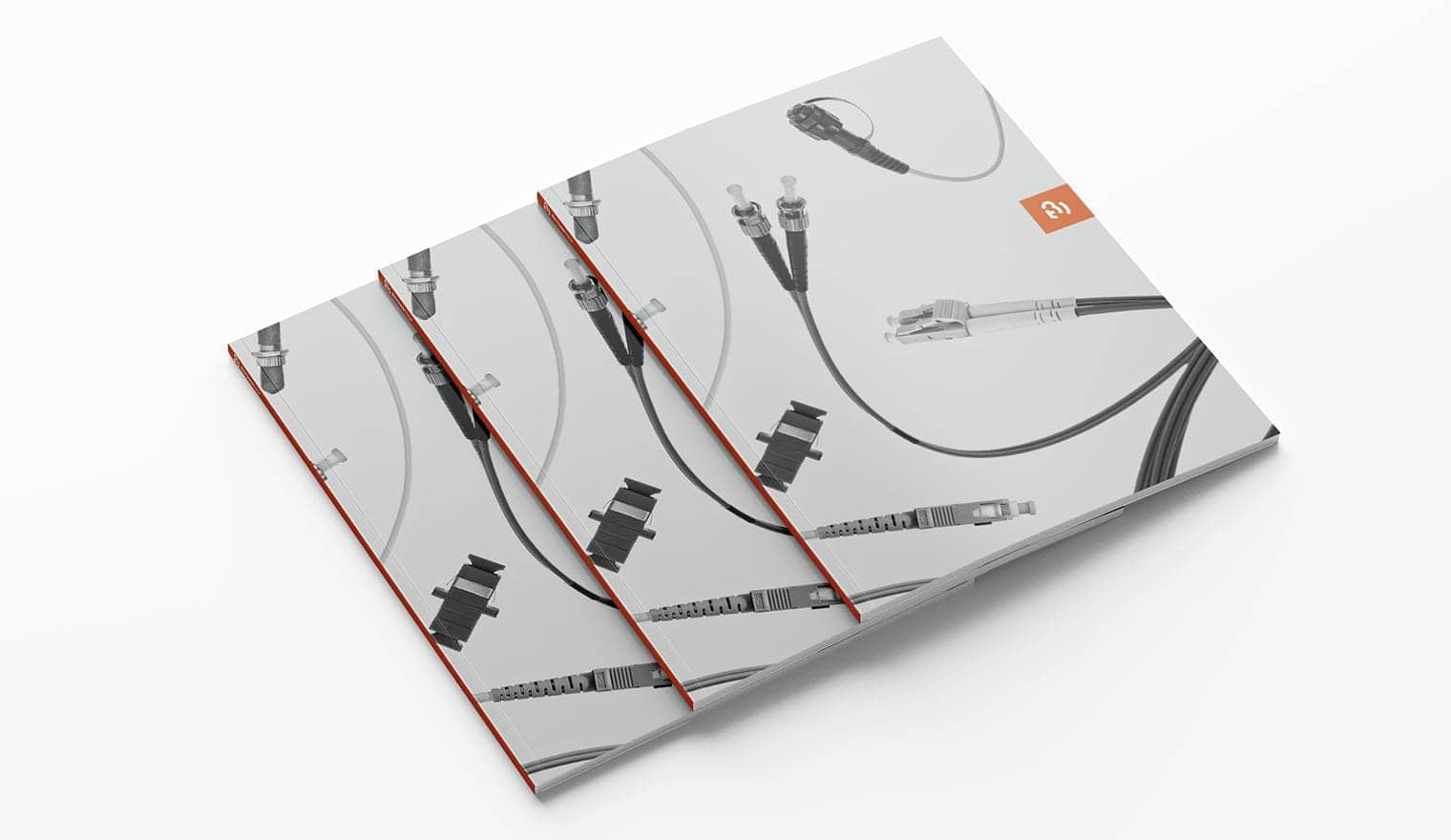The Single Mode fiber selection question?: From G.652D to G.657
We can find a variety of standards and specifications for single mode fiber optics, usually, we know them as OS1 and OS2, but there are other characteristics that show all specifications.
This classification can sometimes be confusing for most of the people, that’s the reason why we built this chart, to easily show the classification that the ITU and TIA have created.
Each block shows the technological advance and how single mode fiber have evolved through years.
Also, the first norm of the G.652 has been corrected in November 1988 and have been changed again in 2016 which is the one used nowadays.
Choosing between each of these specifications has very relevant impacts. In all cases, each standard of the single-mode fibers adds qualities that although it is true fiber improvement in some aspects, in other cases are not necessary and can add costs to the project that will have no impact on the final performance.

Differences and uses
Nondispersion-Shifted Fiber (ITU-T G.652)
The ITU-T G.652 fiber is also known as the standard single mode fiber and is the most used fiber optic cable. This fiber is optimized to operate in the 1310 nm band.
This wiring has zero wavelength at 1310 nm and can also operate in the 1550 nm band, but it is not optimized for this region.
Low Water Peak Nondispersion-Shifted Fiber (ITU-T G.652.C)
The ITU-T G.652 fiber is also known as the standard single mode fiber and it has a zero-dispersion wavelength at 1310 nm.
This type of cable has a simple step-index structure and is optimized for operation in the 1310-nm band and can also operate in the 1550-nm band, but it is not optimized for this region.
A typical chromatic dispersion at 1550 nm is high at 17 ps/nm-km. Dispersion compensation must be employed for high-bit-rate applications.
Attenuation parameter for G.652 fiber is typically 0.2 dB/km at 1550 nm, and the PMD parameter is less than 0.1 ps/ km.
Dispersion-Shifter Fiber (DSF) (ITU-T G.653)
The conventional standard fiber has zero dispersion in the 1310 band. At the same time, this fiber has high dispersion between 1500nm and 1600nm.
In order to migrate from 1310nm to 1550nm, it is necessary to have the fiber DSF.
This type of fiber has zero dispersion at 1500nm and its attenuation is extremely low. DSF fibers are optimized to operate in 1500nm to the 1600nm region.
Otherwise, when WDM systems came out, 1550 channels have been very affected.
This is the reason why the G.653 fiber is not very used and has become almost obsolete. Now the most used are G.655.
1550-nm Loss-Minimized Fiber (ITU-T G.654)
The ITU-T G.654 is optimized for the 1500nm and 1600nm region. This fiber has a small loss at the 1500nm band.
This can be reached thanks to its core, which is built with a special material called silica.
The G.654 can handle high power levels and has a much bigger core.
This types of fiber have a very high chromatic dispersion in 1550nm and they have been designed for submarine applications and long distances.
Fibra Nonzero Dispersion Shifted (ITU-T G.655)
The G.655 is known as NZFSF. They have a controlled and limited chromatic dispersion in the C band- 1530nm y 1560nm -. In this band, the amplifiers work much better.
Besides that, the problem associated with the mixed of four bands and other nonlinear effects because of it has a bigger core than the G.553.
Fiber bending loss insensitive (ITU-T G.657)
The G.657 is compatible with the G.652 but in contrast, this fiber can be bent without affecting its functionality.
This movement can be reached thanks to its optical trenches, that reflects the light once again to the core.
The G.657 is the last standard for FTTH applications and is the most used fiber optic nowadays along with the G.652.
Making the right choice
Choosing a single mode fiber optic cable will definitely depend on your needs.
In most cases, the G.652 fiber and its posterior evolution the G.657 are low-cost fibers, standard and qualified for places where the distances are not very long and the performance is not higher than 10 Gbps.

If we are looking to reach a connection higher than 10Gbps or needing to support very long distances you will need another fiber like the G.655.
Information based in https://people.ucsc.edu/~warner/fibertype.html





